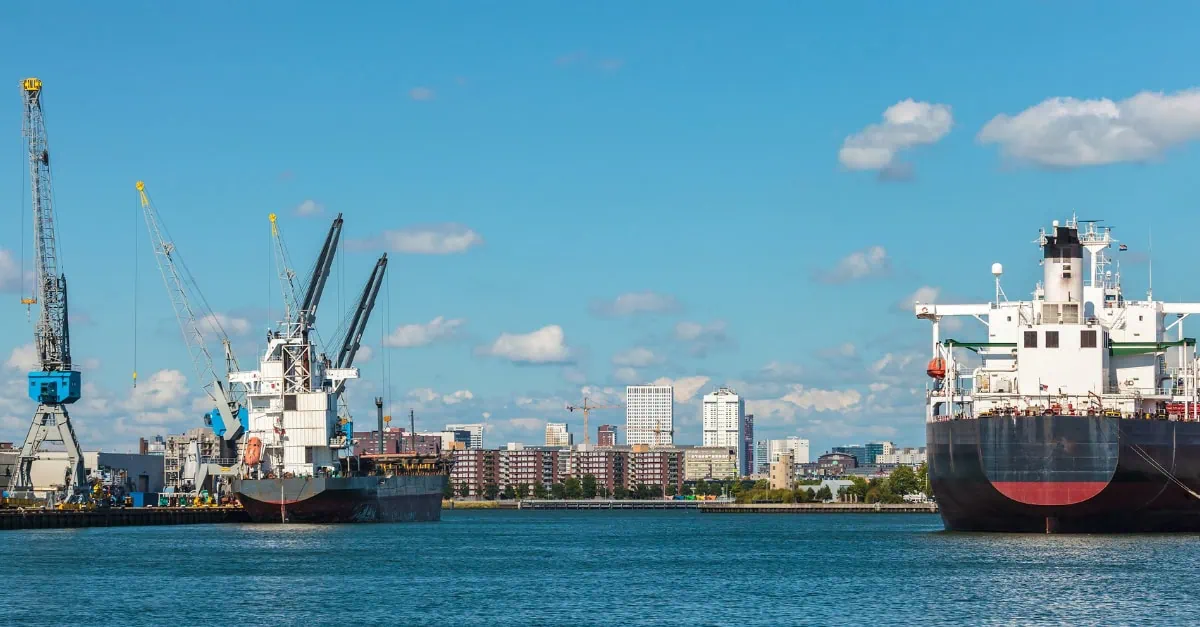Container shipping rates are falling rapidly as the traditional peak season comes to an end, with spot rates declining 6% in just one week according to Drewry’s World Container Index. The Shanghai-Rotterdam route is experiencing the steepest declines among all major global trade lanes.
The sharp rate reductions mark a significant shift in market dynamics, driven primarily by an influx of new vessels entering the market. Despite steady demand and ongoing port congestion across Europe, the additional capacity is creating oversupply conditions that are pushing rates downward at an accelerating pace.
For European importers, the timing presents both opportunities and strategic challenges. Industry analysts recommend maximizing shipments during the first half of September to capitalize on the current low rates. Carriers are expected to implement rate increases in the second half of the month as they prepare for Golden Week in October, when Chinese manufacturing and shipping activity traditionally slows.
The rate environment contrasts sharply with the Asia-US market, which has shown more stability in recent weeks. However, global shipping rates remain vulnerable to geopolitical developments, particularly evolving US-China trade policies that could reshape demand patterns.
European ports continue to experience high utilization levels despite the rate declines. Rotterdam terminals face barge and feeder delays of up to 48 hours, while Hamburg’s Container Terminal Burchardkai reports waiting times extending to five days in some cases. These operational constraints have not been sufficient to offset the downward pressure from increased vessel capacity.
The current market conditions reflect the cyclical nature of container shipping, where capacity additions often lag demand changes by months or years. Shipping lines that ordered vessels during previous tight market conditions are now seeing those ships delivered into a softer rate environment.
For procurement teams managing international supply chains, the rate declines offer potential cost savings opportunities. However, the expected rate increases later in September suggest that timing will be critical for maximizing these benefits. Companies with flexible shipping schedules may find significant value in accelerating planned shipments.
The sustainability of current low rates will depend largely on whether demand patterns shift as the traditional peak season fully concludes. With Golden Week approaching and typical seasonal demand patterns resuming, the market may find better balance between capacity and requirements in the fourth quarter.
This news is part of a full market analysis. Read the full analysis here: https://app.vespertool.com/market-analysis/2214
